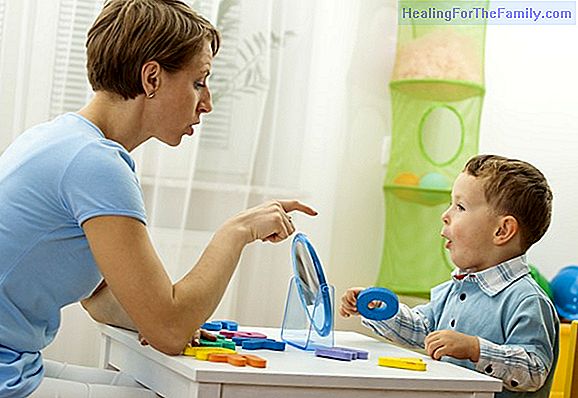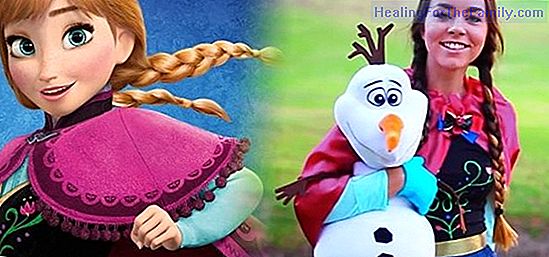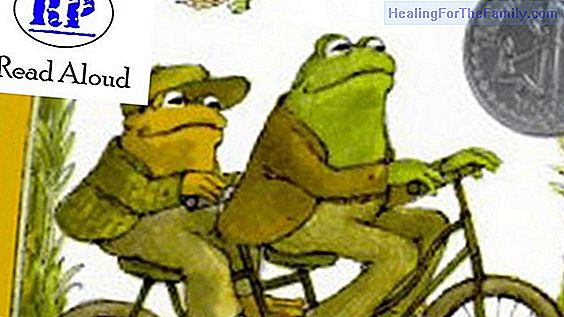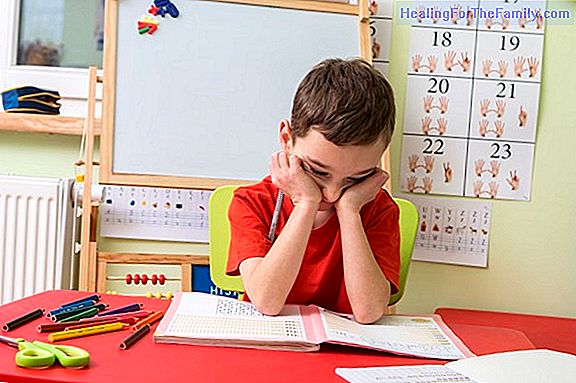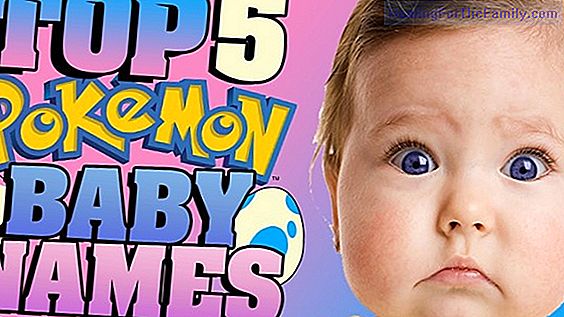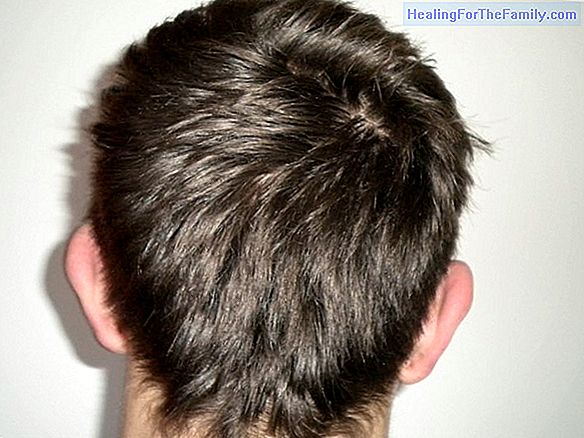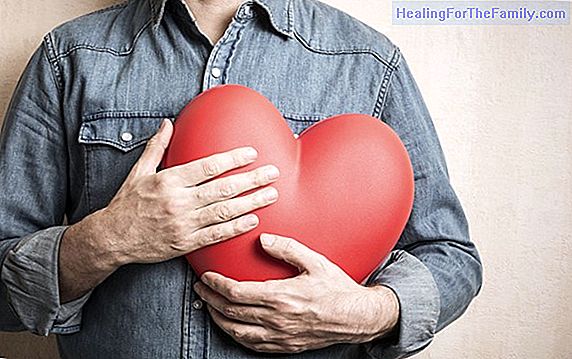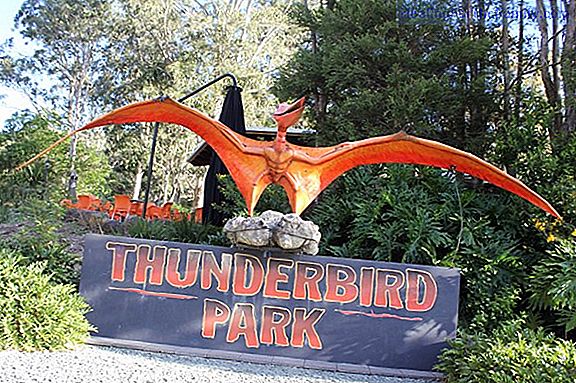What is shingles and how it affects children
A disease of viral origin that affects both children and adults is known as 'shingles'. The cause of shingles is the chickenpox virus que, which is actually called varicella-zoster virus, and is that the scientific name of shingles is herpes-zoster. And yes, the chickenpox virus belongs to the famil
A disease of viral origin that affects both children and adults is known as 'shingles'. The cause of shingles is the chickenpox virus que, which is actually called varicella-zoster virus, and is that the scientific name of shingles is herpes-zoster. And yes, the chickenpox virus belongs to the family of herpes viruses.Of course, it is understandable that with such a tangle of names, in the end the popular wisdom has been left alone with the 'shingles'.
What causes shingles in children
It is important that we know that
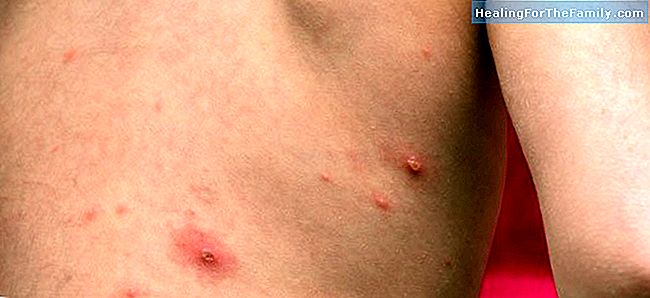
we can never have shingles if we have not had chickenpox before . Once the disease is over, the virus remains latent in our body, specifically in the nerve ganglia of the spinal cord, and in situations of immunosuppression, when our defenses are weaker, it becomes active again and shingles appear. This can occur even in vaccinated people, although it is less frequent than after having chickenpox. The why in some people and not in others continues to be a mystery, which is more related to the individual susceptibility of each host than to the virus itself. In most cases, the actual cause of reactivation of the varicella-zoster virus is unknown.Symptoms of shingles in children
- Shingles
usually affects only one side of the body . It appears as a linear belt of painful and pruritic (itchy) vesicles corresponding to the affected nerve root (metamera).- The most common locations
are the back, sides and upper abdomen . It resembles the classic lesions of cold sores, but more extensive and painful. En - In a matter of a week the vesicles dryand scabs appear
that may take another week to disappear. Although it is rare, it can leave small scars in the form of dimples. - Sometimes, before the onset of shingles, fever and nonspecific flu symptoms may occur. Un - An added problem is post herpetic neuralgia and is that, once the skin lesions have disappeared, pain or tingling may persist in the affected area for months or even years.
- A serious situation is when it affects the eye, because
can leave sequels in the form of corneal scars and blindness . However, and to reassure parents, in children, both the appearance of shingles and pain and complications are less frequent than in adults. More than 90% of cases are described in people older than 30 years. In addition, children usually do not need any type of treatment.
Diagnosis and treatment of shingles in children Given the peculiar location, the linear form of the shingles, and the history of having suffered chickenpox, the diagnosis is simple and does not require complementary tests. However, in case of doubt, they can be done.As with most viruses, cu shingles has no cure
. The main recommendations so that this 'cutaneous snake' does not embitter the existence of our family are the following:
-
Symptomatic treatment:
that is, of pain and fever with analgesics and antipyretics such as ibuprofen or paracetamol, and itching with antihistamines . -Maintain good hygiene of the lesions
to avoid bacterial superinfections of the skin. - Acetylsalicylic acid
(Aspirin®) should not be administered as there is a proven relationship between the medication, chicken pox and a very rare but very serious disease called Reye's syndrome. - Nor is it recommended to administer corticosteroids
, neither taken in tablets nor on the skin, as they can also generate complications. - Avoid contact with people who have not passed chickenpox
or have not been vaccinated. Especially avoid contact with children under 12-15 months (age at which the first dose of the vaccine is usually administered). Shingles spreads the virus to these people, who will suffer chicken pox (no shingles) in case of contact with the liquid contained in the vesicles. -There is antiviral treatment
that is indicated only in certain circumstances, fundamentally: under one year of age, some chronically ill, immunosuppressed children, ophthalmic affectation, prolonged fever or extensive skin involvement. To conclude, some parents are asking themselves: why do we recommend vaccination against chicken pox if the vaccine carries live attenuated viruses and also does not protect against shingles? Is not it better to wait until chickenpox does not happen and so you will never develop shingles? The question makes sense. The problem is that 95% of people are exposed to the chickenpox virus at some time in their life, so it is almost impossible not to develop the disease. The vaccine prevents our children from passing the annoying chickenpox
(or that it is much milder) and in addition, the risk of the appearance of shingles in vaccinated children is much lower than after suffering from chicken pox, so the benefits are obvious.


